Three Astrophysicists Reveal Structure Of Universe To Win The 2019 Nobel Prize
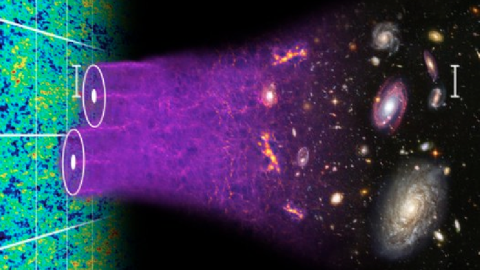
Jim Peebles, Michel Mayor and Didier Queloz just won the 2019 Nobel Prize in Physics. It couldn’t be more well-deserved.
Every year, the Nobel Prize reminds all of humanity to appreciate all that we’ve achieved scientifically, and to be aware of how that newfound knowledge has impacted us as a species. To a scientist, it can be an exercise in frustration, as it’s a reminder that in any sub-field of their discipline, there are dozens of projects whose research is important and impactful enough to deserve a Nobel, and yet only three people per award can receive it. Additionally, women and people of color have been systemically passed over in instances where their contributions were indispensable to Nobel-winning research.
This year’s physics prize goes to three individuals — Jim Peebles, Michel Mayor and Didier Queloz — for discoveries in theoretical cosmology and exoplanets. At last, looking into space and existentially dreaming of what’s out there, and then physically/astronomically discovering it, has its own Nobel Prize.
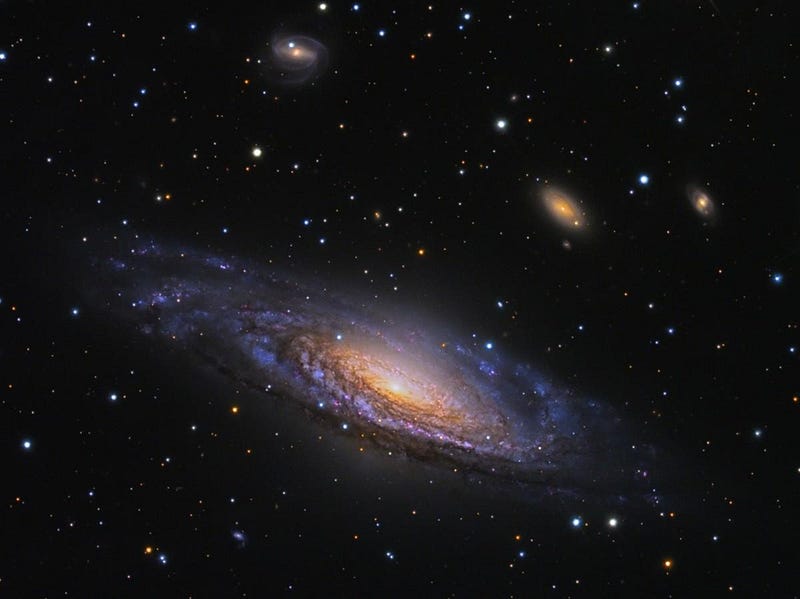
When you picture the Universe, you probably start thinking of individual objects like stars and galaxies, where they’re located in space relative to one another, and what those objects are doing today. This line of thought has great scientific value, and many top-of-the-line researchers work on exactly those topics.
However, we don’t have to restrict ourselves to individual objects, and we don’t have to limit ourselves to what we see those various objects doing right now. We can think on larger scales; we can think about the origin and evolution and growth of everything in the Universe, from the smallest cosmic scales up to the scale of the entire observable Universe, and speculatively even beyond that.
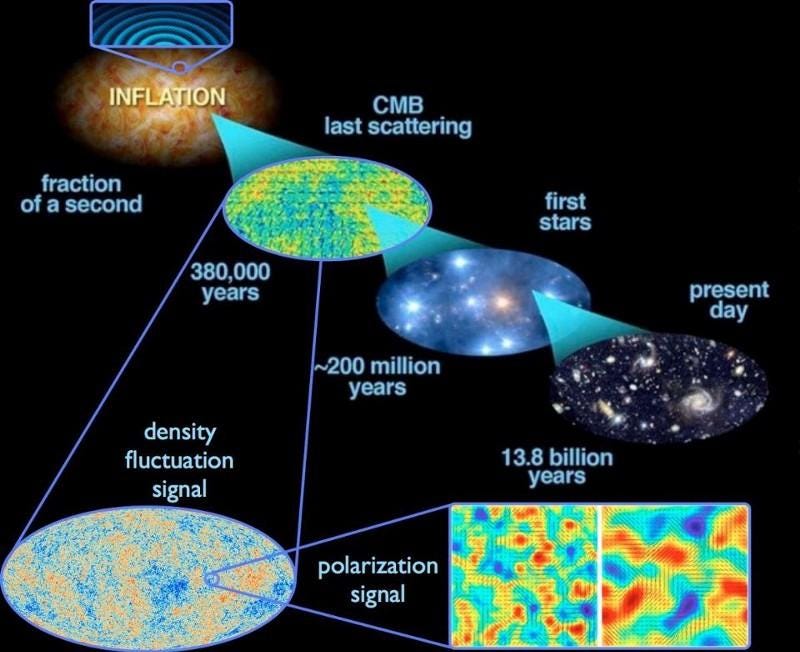
Our understanding of the Universe transformed tremendously during the 20th century. As a species, we finally began to understand the physics and astrophysics driving the entire Universe. For millennia, humanity pondered the biggest questions about the Universe:
- How did it start?
- What the rules are that govern it?
- What’s present within it?
- And how do the various objects and structures within it arise, grow, evolve, and appear today?
One of our crowning scientific achievements has been to provide answers — scientifically valid, robust, but still always just provisional answers — that give us tremendous predictive power. Our observations have matched our theoretical predictions, and that has confirmed and validated the best picture we’ve synthesized over the past century.
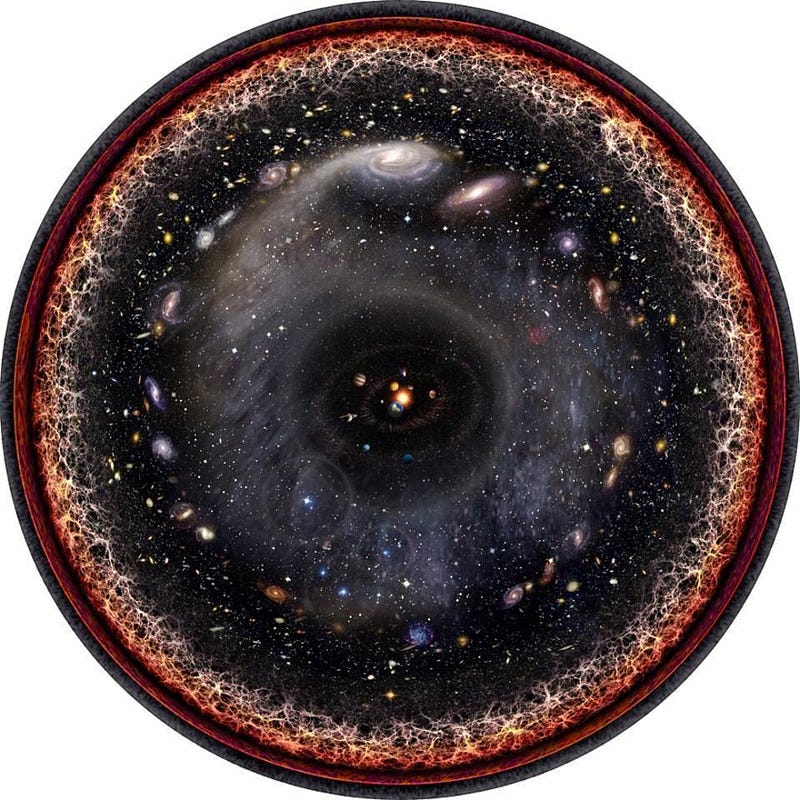
Some 13.8 billion years ago, the fabric of spacetime was empty, but full of energy inherent to space itself: a period of cosmic inflation. Then, at one particular moment in time, inflation came to an end, converting that energy into matter, antimatter and radiation, and giving rise to the hot Big Bang that started it all. Our Universe, as we know it, arose from this state, and was also born filled with dark matter, dark energy, and with tiny density-and-temperature imperfections that departed from a perfectly uniform Universe by about 1-part-in-30,000.
The Universe — ruled by the laws of quantum physics that govern matter and the gravitational force that governs the curvature and evolution of spacetime — expanded and cooled and gravitated, giving rise to a bath of leftover radiation, a Universe filled with light and heavy elements, stars, galaxies, clusters, the cosmic web, and more.
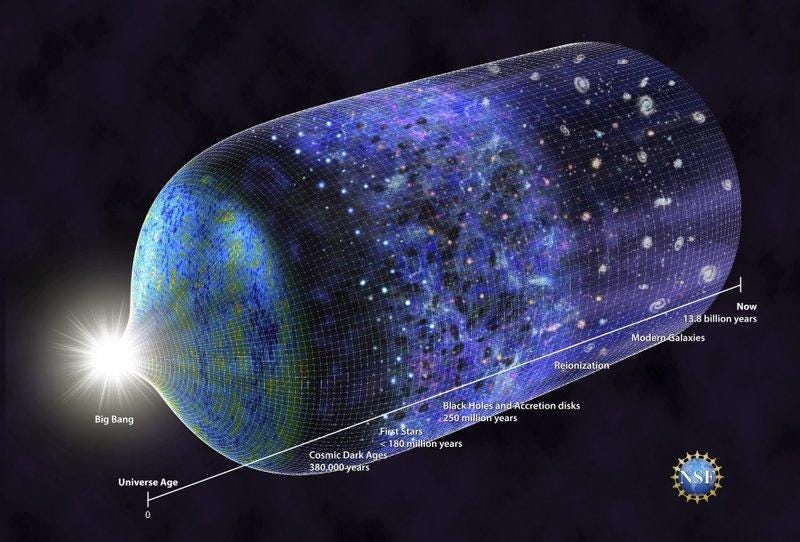
This is the story that we know to be true today, but only the barest bones of this framework were in place back in the early 1960s. Not only wasn’t inflation, dark matter or dark energy part of the story yet, but the Big Bang was only one of a few competing ideas about the Universe’s origin. We knew how successful General Relativity was, but we were still working out the details of the nuclear forces. We did not even know the particle content of our Universe.
And that’s where Jim Peebles’ started his career: with that picture of the Universe. By applying the laws of physics to the system of the entire Universe, Peebles began to work out details of what the Universe would have been like in its early stages, and how those details would evolve, over time, to produce visible signatures we could look for today. At a critical moment in history, he began working out the theoretical details that would be put to the observational test.
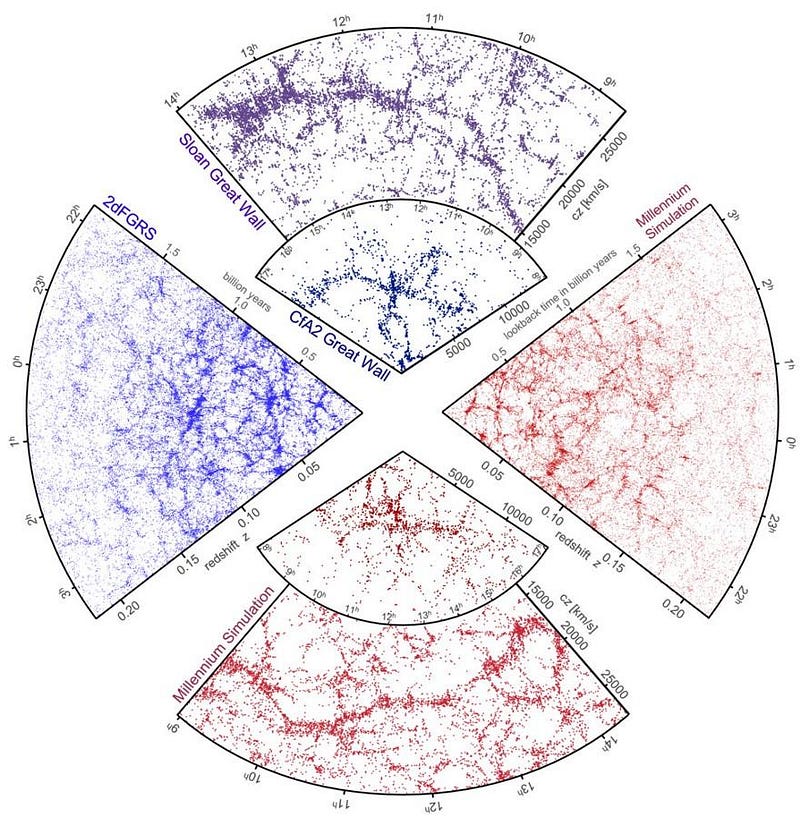
The tiny, initial imperfections that the Universe was born with would try to gravitationally grow from the moment they were created, but the intense radiation pressure in the early, hot, dense Universe smooths out the structure on scales that are too small. Instead, particles and antiparticles collide, blasting any complex structure apart, and eventually annihilating as the Universe expands and cools.
But as it expands and cools, more and more things become possible. Protons and neutrons can fuse into atomic nuclei, and we can use the laws of physics to calculate what the ratios of the different elements and isotopes produced should be, and then observe the Universe to test it. As the Universe cools farther, neutral atoms can stably form, and all that radiation (produced from annihilation) should freely stream through the neutral Universe, presenting an observable signature of a leftover blackbody signal just a few degrees above absolute zero: the Cosmic Microwave Background.
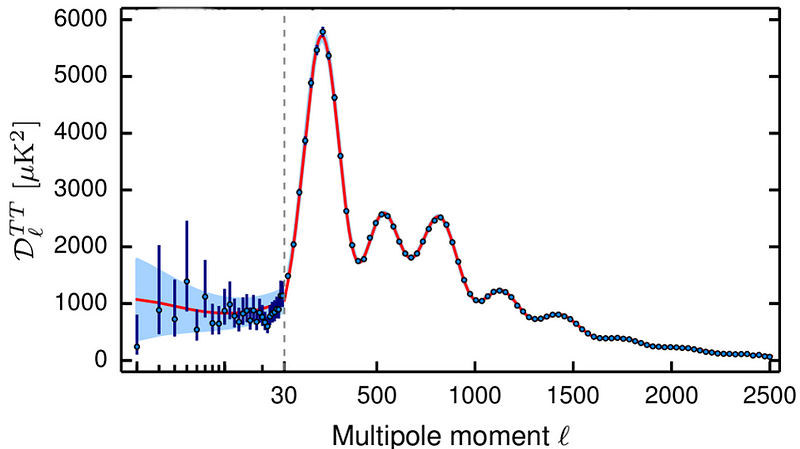
And finally, gravitational growth should at last occur, as matter attracts other matter and begins to collapse on all scales. As the cosmic web grows, it’s combatted by the physical effect of the expansion, and only regions that become overdense enough soon enough will eventually grow into structure. The structures you form will be very sensitive to the contents of the Universe, and how that structure clusters together on large scales can allow you to learn about what the cosmos is made of. Those signals should then also be present in the detailed fluctuations in the Cosmic Microwave Background; signals that were at last verified with satellites like COBE, WMAP and Planck.
Although there are many important contributors to this field, there are two that stand out, historically, as pioneers in the transformation of cosmology into a hard science with precision data: Jim Peebles and the late Soviet physicist Yakov Zeldovich. The theoretical frameworks these two individual (independently) derived and applied to our realistic Universe are the foundations of practically all of modern cosmology.
Zeldovich died in 1987 (there are no posthumous Nobels), so Peebles* richly deserves the half of the Nobel Prize he was just awarded.
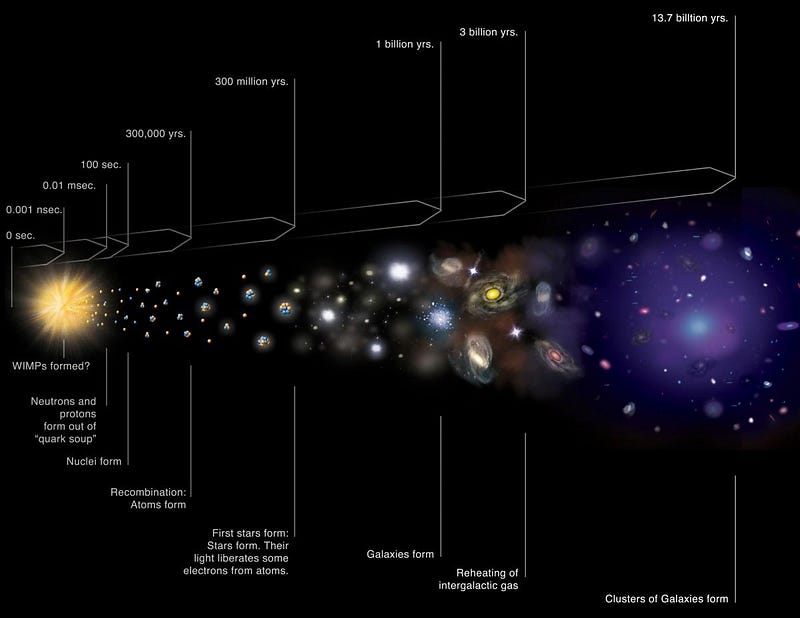
Coming down from cosmic scales to Solar System scales, we need to go through billions of years of cosmic evolution. Stars live-and-die and explode, recycling their now-fused elements into future generations of stars. When enough generations have passed, and the material that will be found in star-forming regions is rich enough in heavy elements, stars can form with massive planets around them.
Those planets should come complete with metallic and/or rocky cores, just like all the planets in our Solar System. They should orbit their parent star in an ellipse, governed by the laws of gravity and having observable effects on the spectrum of the star they’re orbiting. The gravitational planetary tug should redshift-and-blueshift the star periodically, while planets that are aligned with the star’s line-of-sight to Earth will transit in front of it, blocking a portion of its light.
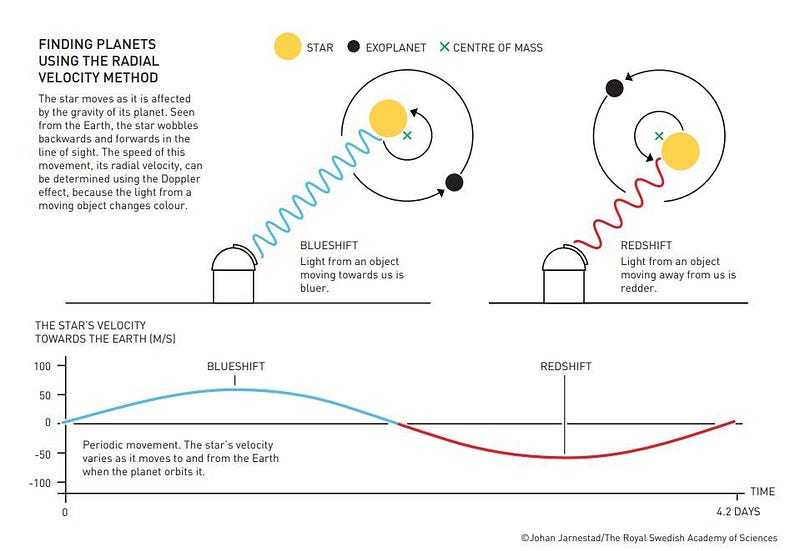
30 years ago, only the Sun was known to have planets around it. Soon after, though, technology advanced to the point where the shift in a star’s spectral lines from “wobbling” back-and-forth would show up in long-period observations of that particular star. While a controversial detection was first made in 1988 and the first non-controversial detection came for planets around pulsars (a type of dead star) in 1992, neither heralded the exoplanet revolution quite like the next giant leap.
The first “normal” planet around a “normal” (Sun-like) star came in 1995, courtesy of Michel Mayor and Didier Queloz, an advisor/student pair who share the other half of this year’s Nobel Prize. Once Mayor and Queloz’s publication came out, exoplanets became all the rage. This stellar wobble method has since been augmented by other techniques like direct imaging, microlensing and planetary transits, revealing a total of over 4,000 confirmed exoplanets so far. With TESS currently flying and additional space telescopes on the horizon, the field is richer than ever.
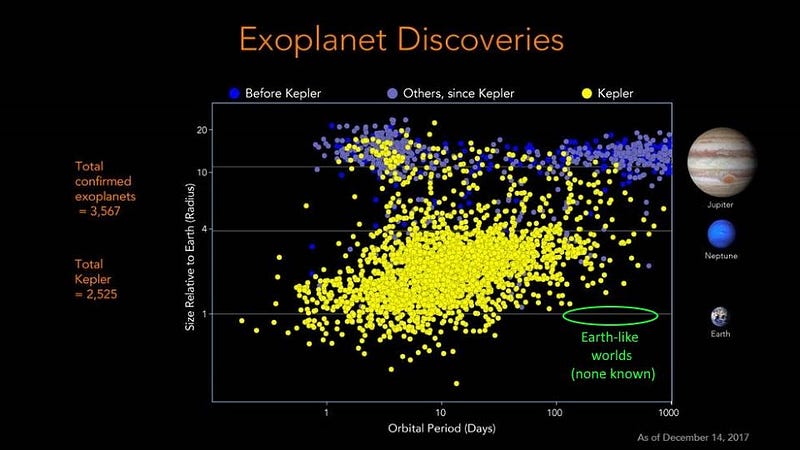
This Nobel is also notable for the elegant way in which it handled a number of controversies. Scientists who work on exoplanets and on large-scale cosmology often compete with one another for funding and resources, but rely on telescopes with similar technologies and often mission-share, as they will with WFIRST and the James Webb Space Telescope. Awarding a Nobel to both cosmology and exoplanets together is a bridge between these two sub-fields, and may encourage them to pursue more joint missions in the future.
Similarly, there were about a dozen Nobel-worthy individuals in the field of exoplanet sciences, with the elephant in the room being that one of the field’s most influential scientists is a known and repeated sexual harasser. In granting a Nobel to Mayor and Queloz, the committee rewarded the exoplanet community while gracefully sidestepping a potential public relations catastrophe.
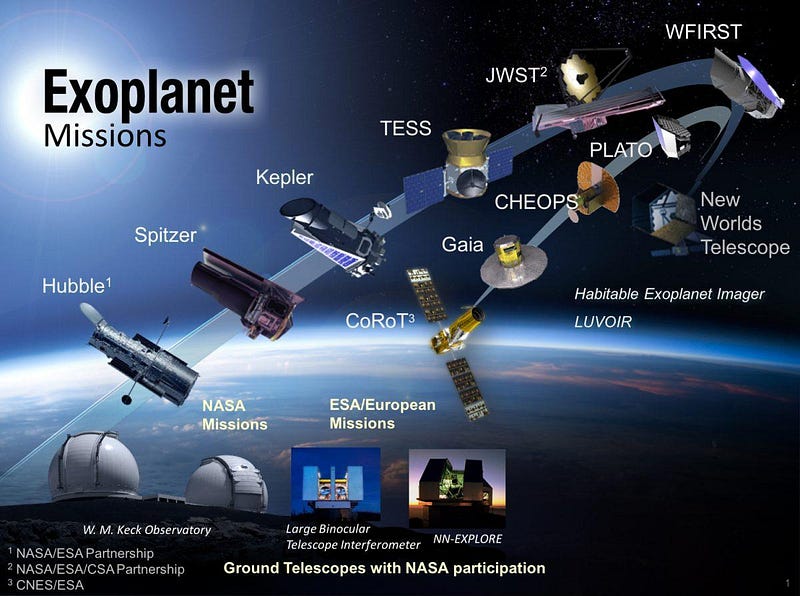
With only a small percentage of the Universe and the nearest exoplanets currently revealed to us, the coming decades should see scientists in these fields push the frontiers forwards into unknown territory. Over 90% of the two trillion galaxies present in our observable Universe remain undiscovered; only 4,000 exoplanets are known in a galaxy that should contain trillions of them, including billions that may be Earth-like.
This year, the selection committee made an excellent choice for both science and society. As we look to our future, remember that the answers to some of the biggest existential questions we can pose are written on the face of the Universe itself. Combining theoretical predictions with the observational suite of data reveals the Universe to us as nothing else can. Congratulations to 2019’s Nobel Laureates in Physics and their revolutionary discoveries. May it compel us all appreciate and celebrate the unbridled power of science to sate our intellectual curiosity.
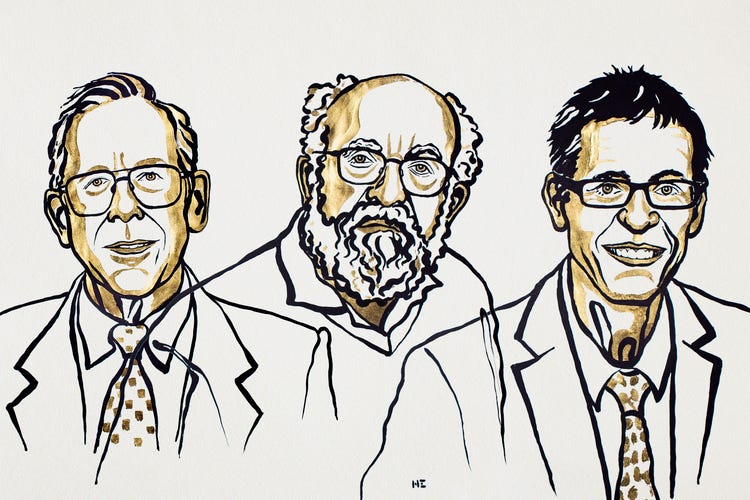
* — Disclosure: Jim Peebles was the academic advisor, at Princeton, of Professor Jim Fry, who was in turn the author’s academic advisor during his own Ph.D. studies at the University of Florida. The author acknowledges this fact that some might see as a conflict, but has nothing but congratulations for Prof. Peebles.
Ethan Siegel is the author of Beyond the Galaxy and Treknology. You can pre-order his third book, currently in development: the Encyclopaedia Cosmologica.



